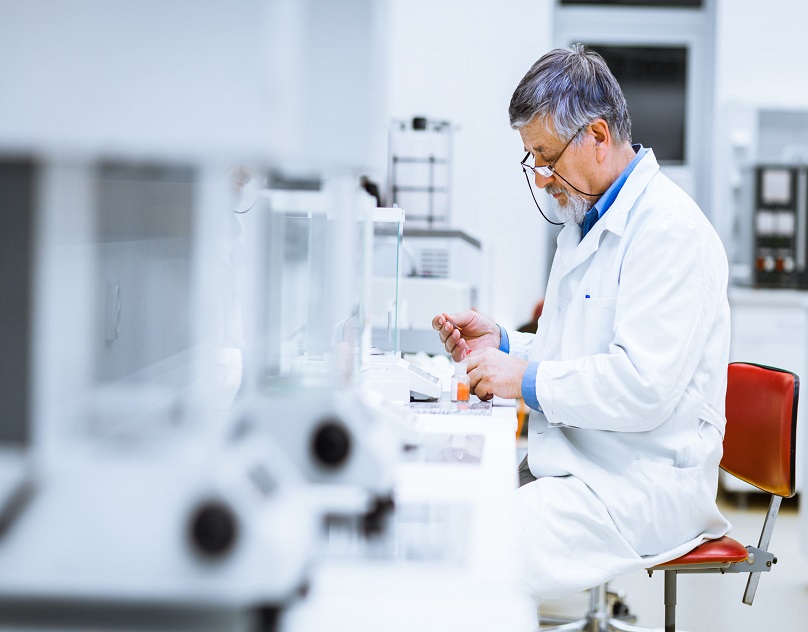Laboratories are dynamic spaces where scientific research, experimentation, and innovation take place. While these environments hold great potential for discovery, it is essential to prioritize safety to prevent accidents, protect personnel, and maintain the integrity of experiments. In this article, we will explore the importance of ensuring lab safety and highlight best practices and protocols that can be implemented to create a secure work environment.
- Risk Assessment: Before conducting any experiments or procedures, a comprehensive risk assessment must be performed. This assessment involves identifying potential hazards, evaluating the associated risks, and implementing appropriate control measures. Factors such as chemical substances, biological agents, equipment, electrical systems, and ergonomic considerations should be carefully evaluated to mitigate risks effectively.
- Training and Education: Proper training and education are fundamental in promoting lab safety. All laboratory personnel, including researchers, technicians, and students, should undergo thorough training on standard operating procedures, safety protocols, and emergency response plans. Regular refreshers and updates should be provided to ensure that everyone is aware of the latest safety guidelines and practices.
- Personal Protective Equipment (PPE): The use of personal protective equipment is crucial in laboratory settings. Depending on the nature of the work, PPE may include lab coats, gloves, safety goggles, face shields, respirators, and appropriate footwear. Ensuring that personnel wear the correct PPE and follow established guidelines significantly reduces the risk of exposure to hazardous substances, chemicals, or physical hazards.
- Hazardous Material Handling and Storage: Proper handling and storage of hazardous materials are paramount to lab safety. Chemicals, biological samples, and radioactive materials should be labeled correctly, stored in designated areas, and handled in accordance with established protocols. Material Safety Data Sheets (MSDS) or Safety Data Sheets (SDS) should be readily accessible to provide vital information about the properties and hazards of each substance.
- Equipment Maintenance and Inspections: Regular maintenance and inspections of laboratory equipment are essential for preventing accidents and ensuring proper functioning. Equipment such as fume hoods, biosafety cabinets, centrifuges, and electrical devices should undergo routine checks to identify and address any potential safety hazards. Calibration, repair, and replacement of faulty equipment should be carried out promptly.
- Emergency Preparedness: Being prepared for emergencies is crucial in a lab setting. Emergency response plans, evacuation procedures, and protocols for dealing with fires, chemical spills, or injuries should be clearly documented and communicated to all personnel. Accessible emergency equipment, including fire extinguishers, eyewash stations, and safety showers, should be regularly maintained and easily accessible.
- Communication and Reporting: Establishing open lines of communication and promoting a culture of reporting are vital aspects of lab safety. All personnel should feel comfortable reporting safety concerns, incidents, or near misses without fear of repercussions. Regular safety meetings, discussions, and feedback mechanisms can help identify potential issues and foster continuous improvement in lab safety practices.
- Environmental Considerations: Labs should adhere to environmental regulations to minimize their impact on the environment. Proper disposal of hazardous waste, recycling programs, and the use of eco-friendly alternatives wherever possible contribute to a more sustainable and responsible approach to scientific research.
In conclusion, ensuring lab safety is a shared responsibility that requires a proactive approach from all individuals involved. By implementing robust protocols and best practices, conducting thorough risk assessments, providing comprehensive training, and fostering a culture of safety, laboratories can create a secure work environment that protects personnel, preserves research integrity, and facilitates scientific advancement. Prioritizing lab safety is not only a regulatory requirement but also an ethical obligation to promote the well-being of all involved in the pursuit of knowledge.
For more info :-





Comments